A complete guide to Red Light Therapy
Red Light Therapy (RLT) is a treatment that uses specific wavelengths of light to improve the appearance of your skin. It has become increasingly popular in recent years, and there are many different products on the market that claim to offer these benefits.
Some people swear by its results, while others are unsure about whether or not it works. We’ll figure out the truth.
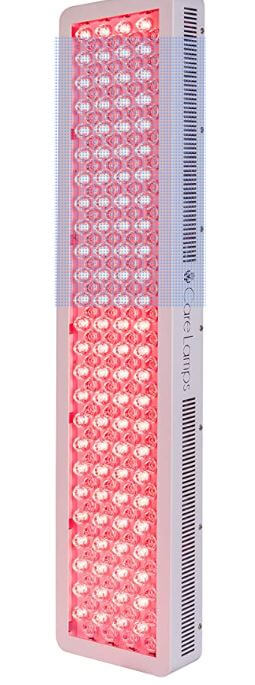
What are the positives and drawbacks of red light therapy?
Red light therapy has a considerable influence on skin appearance. Heliotherapy Institute will help you choose the best device. It has reviews of popular phototherapy devices. Check it to have more information.
In this complete guide, we will explore all of the potential benefits and drawbacks of this treatment.
What is red light therapy, and how does it work?
Red light therapy (RLT) is a treatment that uses red low-light lasers or LEDs to stimulate skin cells and promote healing. RLT has improved several skin conditions, such as wrinkles, scars, and inflammation.
It works by stimulating the production of collagen and elastin, and these two proteins are essential for healthy, glowing skin. RLT also helps to reduce the appearance of fine lines and wrinkles by plumping up the skin. In addition, RLT can help to speed up the healing process of wounds and scars.
There are different ways to use RLT, including at-home devices, professional treatments, and LED light beds.
The main pros of red light therapy
Skin is one of the most common areas to use red light therapy because it has a notable result. It helps improve skin tone and texture, fades dark spots and blemishes, and reduces aging. Let’s check more advantages of RLT.
Non-invasive procedure
Red light therapy is a non-invasive procedure because it uses low wavelength red and near-infrared light to penetrate the skin. You can use it on the face, neck, chest, back, or any other area of the body where you wish to improve the appearance of your skin. This process is painless, so there is no discomfort associated with red light therapy treatments. The red light penetrates your skin, and you may experience a mild tingling sensation.
It helps to reduce aging signs
One of the best things about this treatment is its efficiency after aging. Some evidence suggests red light therapy improves skin tone and complexion. It can decrease the appearance of fine lines and wrinkles. It stimulates the production of collagen and elastin, two proteins that help keep skin looking young and firm.
Reduce inflammation
Red light therapy stimulates the production of ATP. It helps repair damaged cells and reduce inflammation. Also, it increases levels of certain antioxidants and blocks some inflammation-causing molecules. So it can be helpful for several skin conditions.
Improves circulation
Red light therapy can improve circulation and help the body to produce more collagen. It can lead to healthier and younger-looking skin.
- Stimulation of blood flow led to increase oxygenation to the skin. It can help to reduce inflammation and redness, as well as promote healing.
- Circulation is essential for removing waste products. Poor circulation can lead to a build-up of toxins in the skin, which can cause premature aging and a dull complexion.
- Red light therapy can also help to improve lymphatic drainage, which is responsible for transporting toxins out of the body. It can help to reduce puffiness and swelling, as well as cellulite.
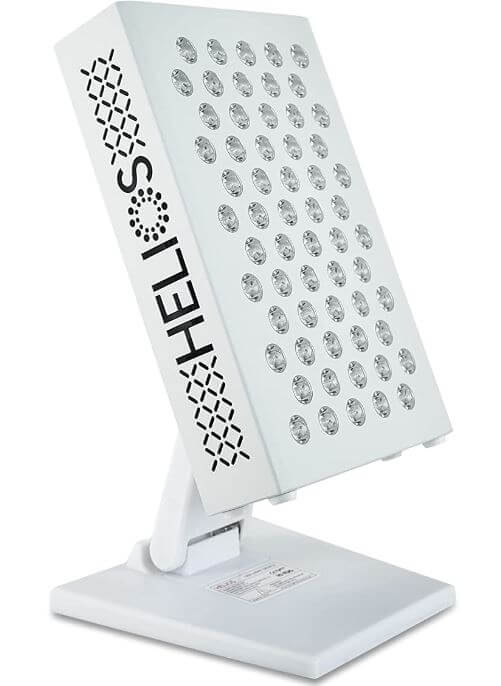
Treatment for several skin conditions
As RLT improves circulation and reduces inflammation, it can be beneficial for treating some skin conditions. We’ll inform you about the most common of them.
Eczema
Eczema is a chronic skin condition that causes the skin to become dry, itchy, and inflamed. It can be debilitating, preventing people from enjoying their everyday lives. “There is no cure for eczema, but there are treatments that can help to manage the symptoms and keep the condition under control, and RTL is one of them.” – the founder of Heliotherapy Institute Jose Mier notes.
A study published in the Journal of Dermatological Science found that red light therapy could significantly improve the symptoms of eczema, including reducing itchiness and inflammation.
If you suffer from eczema, red light therapy may be worth considering as a treatment option. However, it’s essential to speak to your doctor first to ensure that it’s the right for you.
Psoriasis
Red light therapy can be beneficial for people with psoriasis. The National Psoriasis Foundation notes that red light therapy can help reduce the inflammation, itching, and scaling associated with psoriasis and promote skin healing. However, they caution that more research is needed to determine the long-term efficacy of this treatment.
Acne
Acne is one of the most common skin conditions in the world, and it can be very frustrating to deal with. Red light therapy is the most natural way to treat this skin problem.
It can help to kill bacteria that cause acne, and it can also reduce inflammation. However, there is no evidence that red light therapy can help to treat the underlying cause of acne, such as hormonal imbalance. It can significantly reduce the size of pimples in just four weeks.
Wound care
One of the most common uses for red light therapy is wound care. Light therapy can help to speed up the healing process by increasing blood flow and collagen production. It can also help to reduce inflammation and pain. Though, there are a few things to consider before using red light therapy for wound care.
- First, it’s essential to ensure that the area is clean and debris-free.
- Second, avoiding this therapy on open wounds or infections is essential.
Scars and stretch marks
Red light therapy can help to fade scars and stretch marks. It does this by increasing collagen production, which gives the skin its elasticity. The results are not immediate, but you should see a significant improvement over time.
However, one thing to remember is that red light therapy will not altogether remove scars or stretch marks. If your goal is to eliminate them, you may be disappointed. However, if you want to improve their appearance, then red light therapy can certainly help.
Topical steroid withdrawal skin
Red light therapy can help treat a condition called topical steroid withdrawal skin. It is a condition where the body becomes dependent on topical steroids, and when they are stopped, the body cannot function properly.
Jose Mier notices, “Red light therapy can help to reduce the inflammation and redness associated with TSW. It can also stimulate collagen and elastin production, improving the skin’s appearance.”
However, it is essential to note that red light therapy is not a cure for this condition. Working with a doctor or dermatologist is crucial for finding the best treatment plan for you.
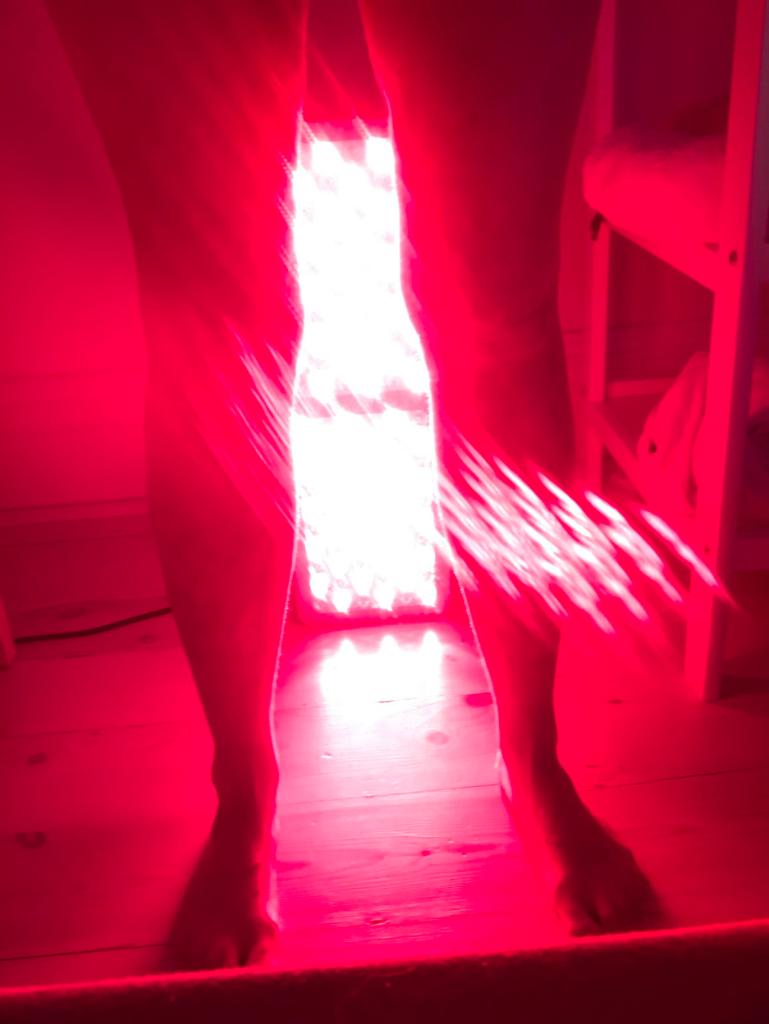
Negatives of red light therapy
While red light therapy has many benefits, there are also some potential negatives to be aware of. The most common side effect is temporary skin reddening, similar to a mild sunburn. It usually goes away within a few hours but can sometimes last up to a day or two.
Other potential side effects include:
Don’t wait for a quick result
Red light therapy won’t give you overnight success. You can wait for weeks or months to see some positive effects. It isn’t the right solution if you’re looking for a quick fix.
Another thing to remember is that not everyone will respond to red light therapy similarly. Some people may see dramatic results, while others may only see subtle changes. And a small percentage of people won’t see any results at all.
Unsuitable for all people
Red light therapy is not suitable for all people. If you are pregnant, have an autoimmune disease, or take photosensitizing medication, you should not use RLT. People with conditions like lupus, cancer, or diabetes may experience a worsening of their symptoms. People with light sensitivity may also find that red light therapy causes discomfort. Please consult with a healthcare professional before beginning treatment if you have any concerns about whether red light therapy is right for you.
Can cause a skin damage
One of red light therapy’s most common side effects is skin damage. It can include burns, blistering, and even permanent scarring. But this damage can only appear if you don’t use the device correctly to instructions.
More research needed
Red light therapy is a newish skincare treatment that shows promise, but more research needs to determine its long-term efficacy. Some dermatologists consider that risks exceed benefits. It also helps with conditions like acne, psoriasis, eczema, and rosacea. Preliminary research has been conducted on red light therapy for these conditions, but more large-scale studies must confirm its effectiveness.
Is Red Light Therapy for you?
Red light therapy is a new and popular skincare treatment that uses low-level, red LED light to improve skin health. Red light therapy has many claimed benefits, including reducing wrinkles, improving skin texture, and increasing collagen production. However, there are also some potential risks associated with this treatment. In this article, we’ve explored the main pros and cons of red light therapy for your skin so that you can make an informed decision about whether or not it’s right for you.
Images from https://istockphoto.com
NB: This is a guest post. I have not tried Red Light Therapy myself but would love to hear from anyone who has. Did it help your eczema or topical steroid withdrawal? Would you recommend it? I’m just about to try a Helios one as a friend is lending me it so watch this space.
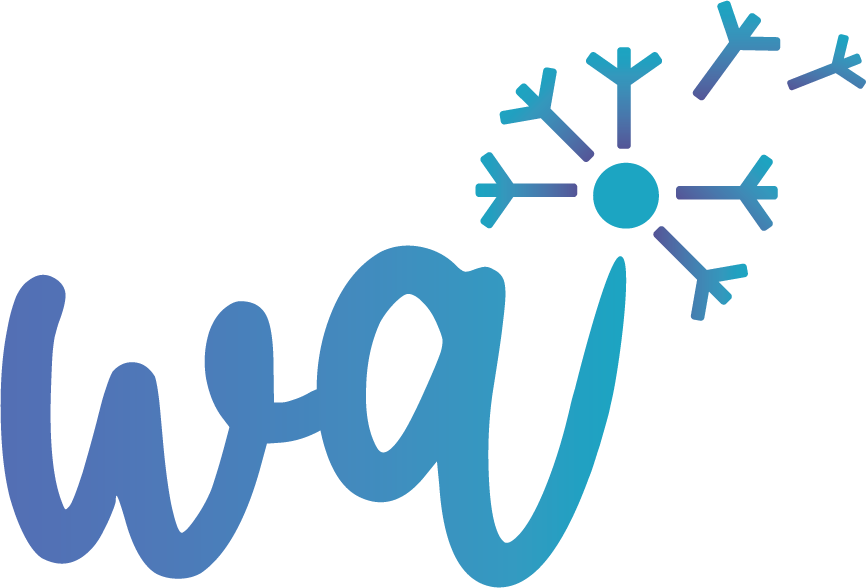





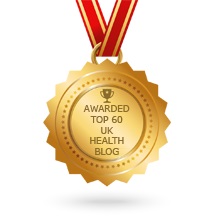


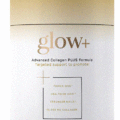


I feel that the skin on my face has benifited from RLT. I thought I was over the worst of tsw but I’ve been flaring badly lately and I am so over it. Looking to buy a half or full body RLT device. We’ll see how that goes.
Monica
Hi Monica, thanks so much for sharing. I’m so tempted to try this now that I’m a good way through TSW and should be able to see progress more easily. How far into TSW are you now? I’m about 3.5 years. At least with this you could set it up so that you can sit reading or watching TV while you treat your skin. I’d love to hear how you get on.